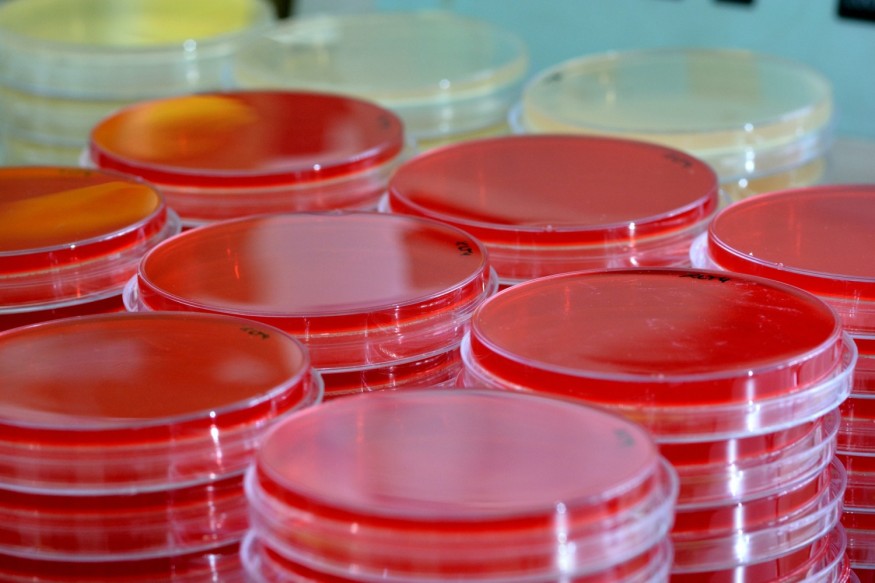A study by Ohio State University researchers suggests that the use of direct current electric fields could be the key to faster tissue regeneration and overall wound healing. Researchers postulate that electric stimulation could help blood vessels carry oxygen and white blood cells to open wounds.
DC Electric Fields and Tissue Regeneration
Findings published in the journal of the Royal Society of Chemistry Lab on a Chip entitled, "Direct current electric field regulates endothelial permeability under physiologically relevant fluid forces in a microfluidic vessel bifurcation model" shows that a regulated electric stimulation stimulates increased permeability across blood vessels painting a new light on how new blood vessels might grow.
The stimulation provided a constant voltage accompanied by direct current electric fields in the presence of fluid flow. Researchers indicated that the stimulation increases the permeability of blood vessels--a vital characteristic that can help wound healing substances in the blood reach wounds faster and more efficiently.
Shaurya Prakash, senior author and associate professor at the Ohio State Univerisity, says that before the study, there were speculations that blood vessels would grow better under the stimulation of electricity.
He adds that the team found that the cell's response in blood vessel models showed significant promise towards changing the permeability of vessels, which would have positive effects on the outcomes of ongoing work in wound healing.

Blood Vessels and Wound-Healing
Blood vessels play a vital part in wound healing. It is charged with carrying various nutrients, chemicals, and cells that help control inflammation due to injury as it threads throughout your body. Two key components delivered by the body's blood vessels are oxygen and white blood cells that protect the body from foreign invaders.
However, when the body inflicts an injury, like a cut or a wound, it disrupts the architecture of the blood vessels at the wound site. This also interrupts the blood vessels' ability to help heal wounds.
Because blood vessels regrow on their own, Prakash and his team considered speeding up the process to hasten wound healing. In vitro laboratory tests on cultured human cells showed the efficiency of stimulating blood vessels using DC-EFs marked increase blood vessel permeability, which is a positive physical marker suggesting the possibility of new blood vessel growth.
Jon Song, the co-author of the study and a professor at the Ohio State University, says that the promising initial results implied that one of the primary ways blood vessels work to heal wounds is by allowing cells and molecules to move across the vessels' walls.
Researchers explain that the study provides new insight and a better understanding of the effects of electric stimulation on the permeability of the vessel walls.
The study suggests that changes in blood vessels' permeability could get bloodborne cells to wound sites faster, although it does not explain the definitive reason behind why this happens.
Researchers indicated that electricity affected proteins that held blood vessels together; however, results are inconclusive as of yet.
RELATED ARTICLE : Over 30 Tasmanian Devil Roadkill Deaths in Woolnorth Road Found to Be Caused by Tumor Disease
Check out more news and information on Medicine & Health on Science Times.












